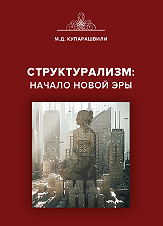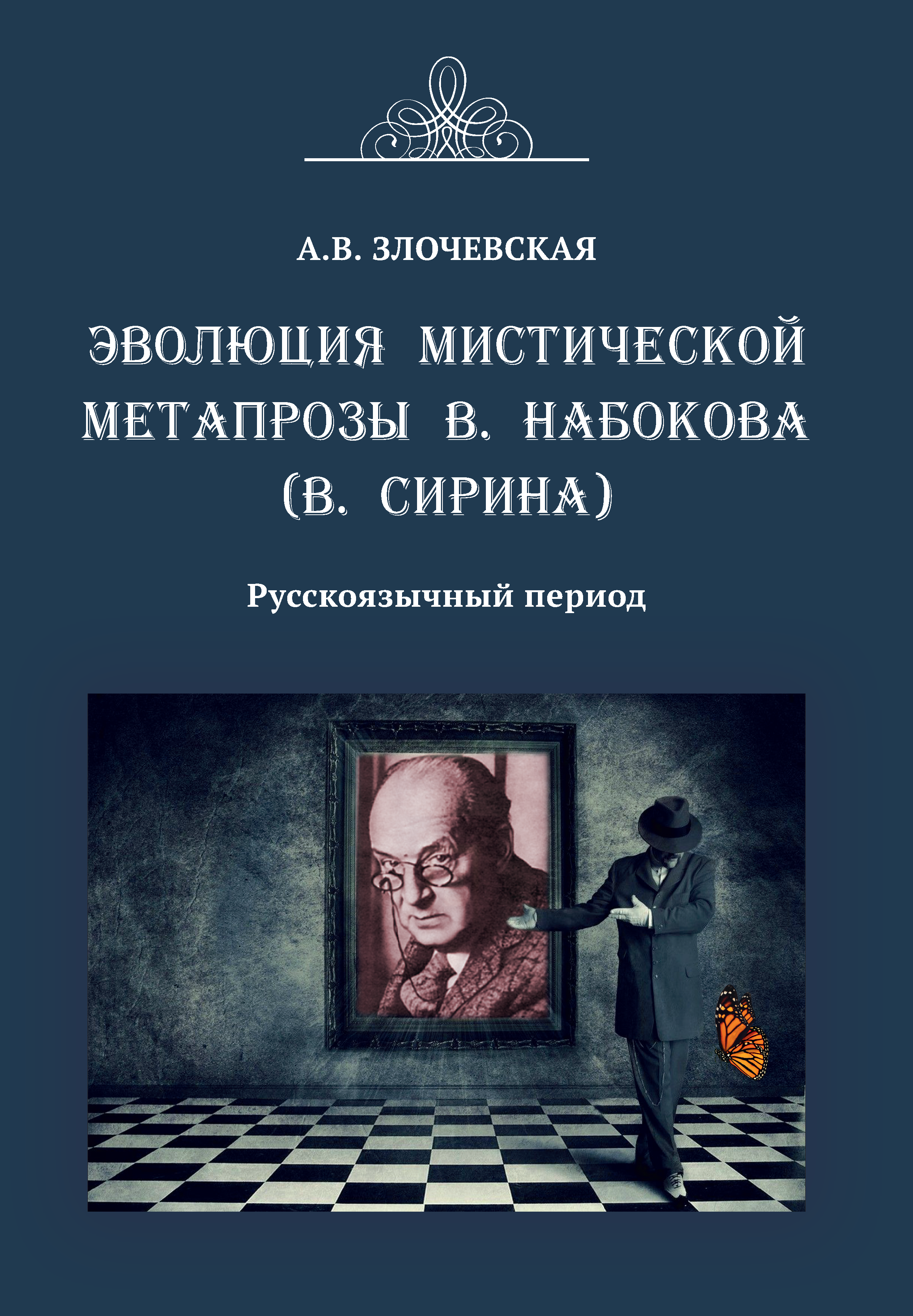UDC 37.01
Yulia V. Verminenko, Dr. of Sociology, Docent, Head of the Department of Public Relations and Advertising of the A.I. Herzen Russian State Pedagogical University, St. Petersburg, e-mail: verminenko@yandex.ru
Sergey E. Zverev*, Cand. Sci. (Pedagogy), Docent, Associate Professor of the Department of Pedagogical Competencies of the Empress Catherine II Mining University, St. Petersburg, e-mail: ser86979392@yandex.ru
The Federal Educational Program of General Secondary Education mentions the use of discussion in the educational process occasionally. Communication is considered as a means of ensuring the formation of universal educational actions (UES). Communicative activity differs from communicative actions on the basis of a motive, which is based on the need for communication, which is more developed in modern youth than the cognitive need. The article substantiates the necessity of transferring the communicative activity of students to the classroom (classroom) and filling its content with educational information. This approach dictates the need for work based on discussion, in which the communicative activity of the participants reaches a maximum. Based on the concept of discourses of J. Lacan (Master’s discourse, university discourse, hysteric discourse, analyst’s discourse) and the practice of debating in modern American university culture, the possibilities of using different forms of discourse in various kinds of discussions and options for their use in the educational process are analyzed. The materials are accompanied by a brief retrospective of the use of discussion in state and military policy and the conclusion is made about the need for a wider introduction of discussion (debating) to form the ability to communicate within the framework of the UES.
Keywords: universal educational communicative actions, communicative activity, discourse, discussion, training, education.


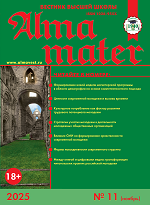
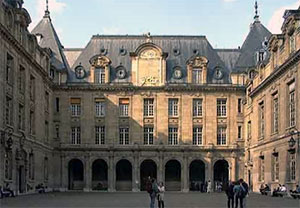
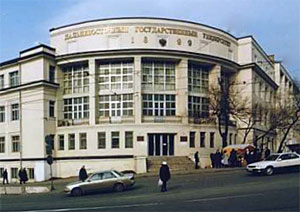
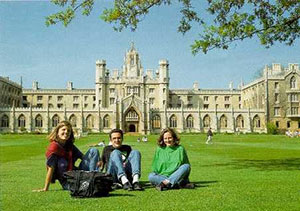


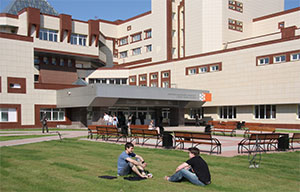


.png)
